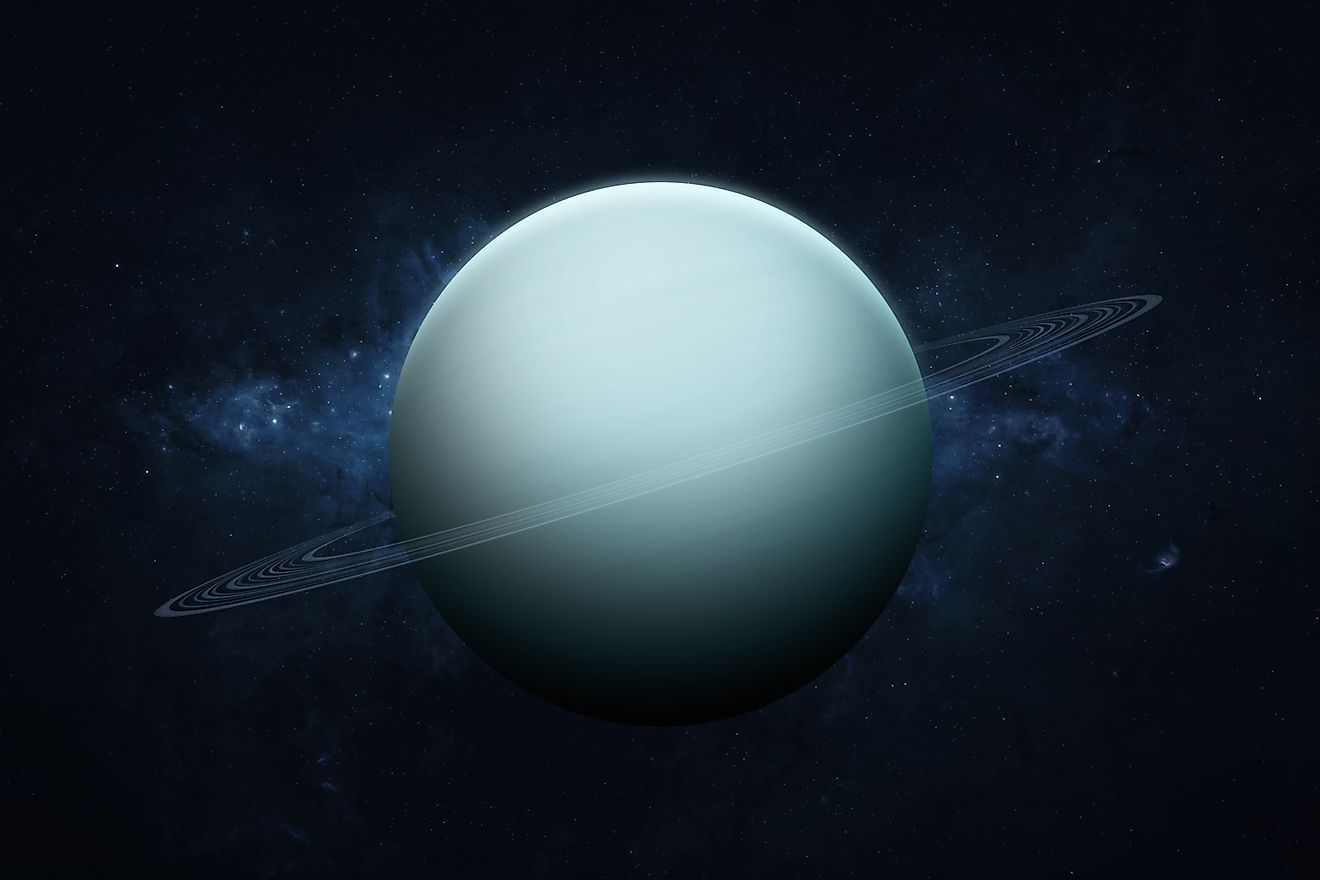
The Different Types Of Planets
Our solar system is home to eight planets, all of which are categorized between two different types of planet: rocky and gas giant. The four inner planets, Mercury, Venus, Earth, and Mars, are all rocky planets. Meanwhile, the four outer planets, Jupiter, Saturn, Uranus, and Neptune, are all gas giants. The vast majority of planets discovered around other stars are also either rocky worlds or gas giants. However, rocky and gas giants are generalized categories, and within each there are subcategories. What are the different types of planets?
Rocky Worlds

Rocky planets, also called terrestrial planets, come in two different types: small terrestrial planets or super-Earth. Small rocky planets are the type of rocky planets found in our solar system. Although each of the rocky planets in our solar system are far different from each other, they each fall under the same type of planet. Super-Earths are a type of planet that does not exist in our solar system, yet they are actually one of the more common types of planet in the Milky Way. As their name suggests, a super-Earth is a type of rocky planet that is larger than Earth. To be more specific, a super-Earth is a rocky world that is at least twice as large as Earth. Interestingly, it is not fully known how massive a super-Earth can be until it turns into a small gas giant.
Transition Between Rocky Planet And Gas Giants
As was just stated, scientists do not yet know when a super-Earth becomes a gas giant. Some of the largest super-Earths found around other stars are known to be rocky, while others are known to be gaseous. Exactly how a super-Earth transitions to a gas giant remains unknown, yet small gas giants, a type of planet called mini-Neptunes, are the most common type of planet found around other stars. As their name suggests, mini-Neptunes are planets that are gaseous worlds similar to Neptune, yet they are noticeably smaller. Mini-Neptunes likely have rocky cores surrounded by a dense, hydrogen dominated atmosphere.
Gas Giants

Gas giants can be divided into three types of planet: gas giant, ice giant, and hot-Jupiter. Basic gas giants are worlds like Jupiter and Saturn; massive worlds that orbit far away from their star, have dense atmospheres composed mostly of hydrogen and helium, and likely lack any kind of solid surface. Ice giants are planets like Uranus and Neptune. Although every gas giant is composed mostly of hydrogen and helium, an ice giant is defined as a gas giant whose mass is primarily related to the concentration of ices in their atmosphere. For example, both Uranus and Neptune contain a far higher amount of chemicals such as methane, ammonia, and water. Ice giants tend to orbit in the far outer regions of a solar system where different ices exist in far higher concentrations.
Regular gas giants and ice giants can both be found in our solar system, yet the third type, hot-Jupiter, cannot be found in our solar system. Hot-Jupiters are gas giants that orbit very close to their parent star, in most cases even closer than Mercury orbits the sun. Thus, hot-Jupiters experience hellish temperatures that superheat their atmospheres, hence the name hot-Jupiter.











